The notion of resurrecting extinct creatures has captivated human imagination for generations, but none more so than the mighty dinosaurs that once ruled our planet. From the cinematic wonder of “Jurassic Park” to serious scientific discussions in academic circles, the concept of de-extinction—bringing extinct species back to life—continues to evolve from science fiction toward potential scientific reality. While we’re nowhere near creating a real-life Jurassic Park, advances in genetic technology, paleontology, and biological research have begun to blur the line between the impossible and the merely improbable. This article explores the fascinating science behind de-extinction efforts, the specific challenges of dinosaur resurrection, and the ethical implications of such endeavors.
What Is De-Extinction?

De-extinction refers to the process of reviving extinct species through various scientific methods, essentially reversing extinction events. This emerging field combines techniques from genetics, reproductive biology, and conservation science to potentially resurrect species that humans have lost. The approaches vary widely, from selective breeding to create animals with traits resembling extinct ancestors (back-breeding), to cloning using preserved tissue, to genetic engineering that rebuilds extinct genomes piece by piece. Scientists have already made progress with recently extinct species where genetic material remains relatively intact. For instance, researchers have successfully recovered and sequenced DNA from extinct species like the woolly mammoth and passenger pigeon, taking early steps toward potential revival. However, de-extinction remains more theoretical than practical for most extinct creatures, especially those that disappeared millions of years ago.
The Dinosaur DNA Challenge

The fundamental obstacle to dinosaur resurrection is the degradation of their DNA over time. Unlike the fictional scenario in “Jurassic Park,” where scientists extract dinosaur DNA from mosquitoes preserved in amber, real DNA has a limited survival timeline. Scientific studies suggest that DNA breaks down significantly after about 1.5 million years, even under optimal preservation conditions, with a half-life of approximately 521 years. Since dinosaurs went extinct approximately 66 million years ago (excluding birds, which are technically modern dinosaurs), their original DNA has long since degraded beyond recovery. Even in exceptionally preserved fossils, the organic material has typically been replaced by minerals during the fossilization process, leaving no viable genetic material. Without intact dinosaur DNA, scientists lack the essential blueprint needed to recreate these ancient creatures using direct cloning or genetic reconstruction techniques.
The Bird Connection: Modern Dinosaur Descendants

Birds represent the sole surviving dinosaur lineage, having evolved from a group of theropod dinosaurs during the Jurassic period. This evolutionary relationship means that modern birds carry genetic information inherited from their dinosaur ancestors, albeit modified through millions of years of evolution. Scientists have leveraged this connection to understand dinosaur biology better, studying features like feather development, egg-laying, and metabolic functions in birds as windows into dinosaur physiology. Some researchers have even experimented with activating dormant genetic traits in chickens to express more dinosaur-like characteristics, such as developing teeth or longer tails instead of the shortened pygostyle structure found in modern birds. These “atavistic experiments” don’t create dinosaurs but rather reveal how certain dinosaur traits became suppressed in modern bird genomes, offering fascinating insights into evolutionary processes and genetic regulation.
The Reverse Engineering Approach

Without access to original dinosaur DNA, some scientists propose an alternative approach: reverse engineering dinosaur-like creatures from their closest living descendants. This conceptual method would involve identifying and manipulating genes in modern birds to express more ancestral traits, essentially “walking backward” through evolutionary time. Paleontologist Jack Horner has been a prominent advocate for this approach, suggesting that by activating dormant genetic information or modifying developmental pathways in chickens, we might create what he calls a “chickenosaurus”—not a true dinosaur but an organism with more dinosaur-like characteristics. This approach faces enormous technical challenges, including identifying which genes to modify and understanding the complex interplay between genetics and development. Furthermore, even if successful, it would produce an organism with only superficial similarities to ancient dinosaurs rather than a true resurrected species. The creature would be a novel chimera combining modern and ancestral traits, not an authentic dinosaur from the Mesozoic Era.
Recent Breakthroughs in Ancient DNA Recovery
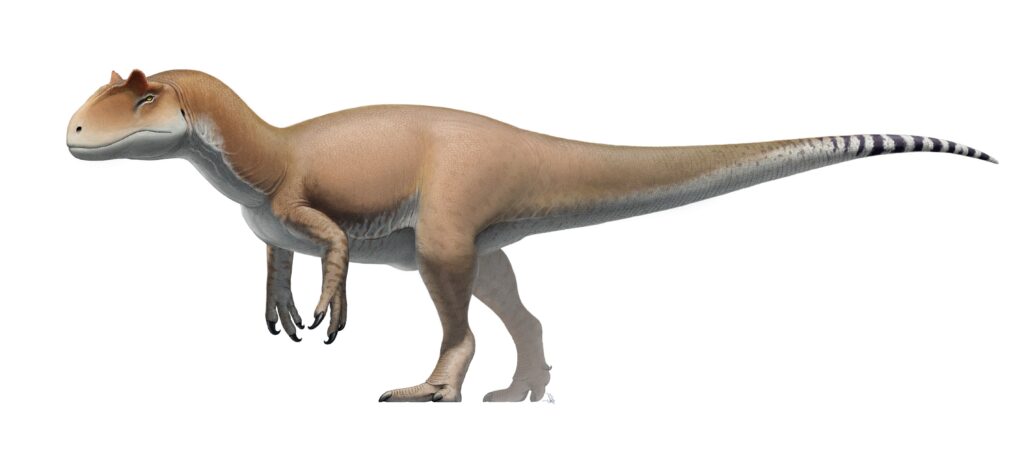
While dinosaur DNA remains beyond our reach, scientists have made remarkable progress recovering genetic material from much younger extinct species. In 2021, researchers extracted and sequenced a million-year-old mammoth’s DNA from teeth preserved in Siberian permafrost, shattering previous records for the oldest recovered DNA. These advancements employ cutting-edge technologies like next-generation sequencing and specialized computational tools designed to identify and authenticate tiny fragments of ancient DNA. Similar techniques have allowed scientists to recover genetic information from Neanderthals, Denisovans, and other extinct human relatives, revolutionizing our understanding of human evolution. Though these achievements remain far from the timeframe needed for dinosaur DNA recovery, they demonstrate the rapidly advancing capabilities of ancient DNA research. Each technical breakthrough pushes back the timeline of recoverable genetic material, though the multi-million-year gap to reach dinosaur age remains a formidable and possibly insurmountable challenge.
The Role of Soft Tissue Discoveries
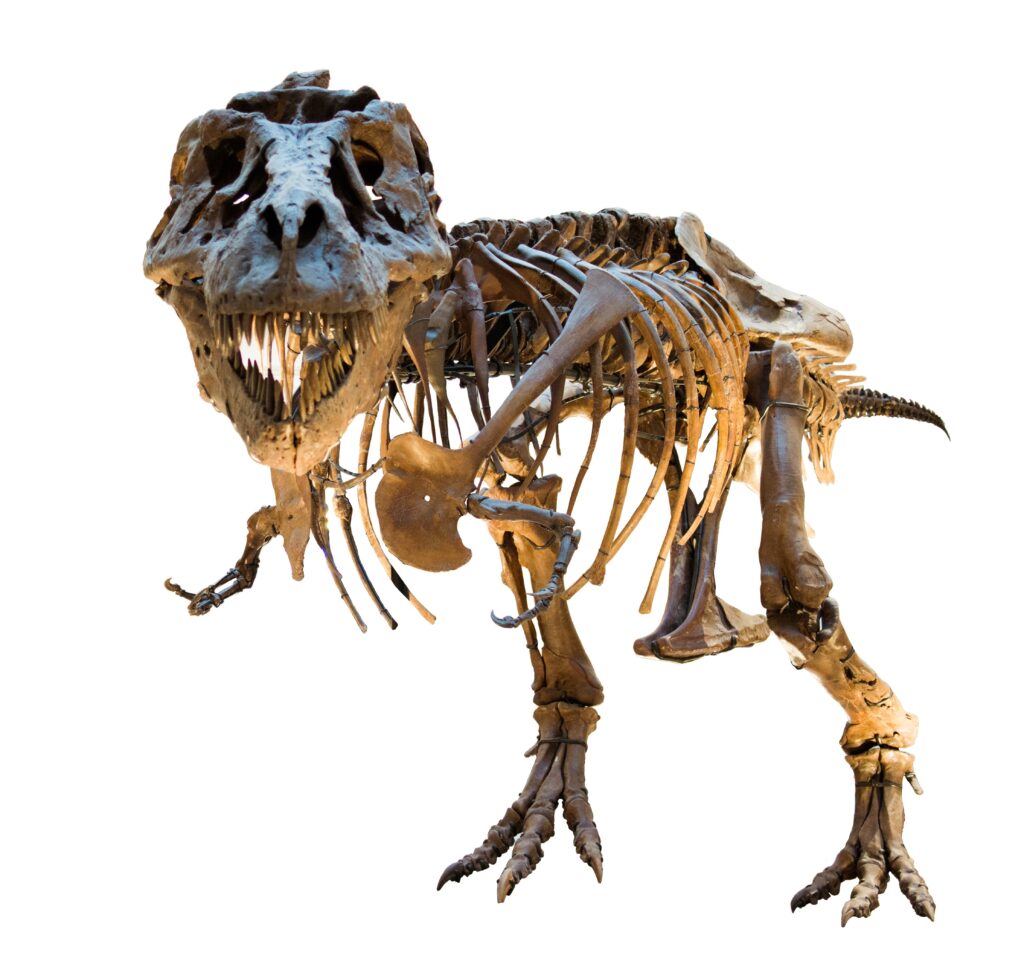
The scientific community was stunned in 2005 when paleontologist Mary Schweitzer reported finding what appeared to be preserved soft tissue in a 68-million-year-old Tyrannosaurus rex fossil. These flexible, transparent structures resembled blood vessels and contained cell-like structures with what looked like nuclei. Subsequent research has identified protein fragments and other biomolecules in various dinosaur fossils, preserved through unique chemical processes that researchers are still working to understand. While these discoveries don’t provide intact DNA, they offer unprecedented insights into dinosaur biology and biochemistry. The preserved proteins can sometimes be sequenced, revealing information about dinosaur metabolism, immune systems, and evolutionary relationships. These findings have sparked debate about the maximum survival time of biomolecules and whether tiny fragments of highly degraded DNA might someday be recovered from exceptionally preserved specimens, though most experts remain skeptical about finding recoverable genetic material from the dinosaur era.
Cloning vs. Genetic Engineering Approaches
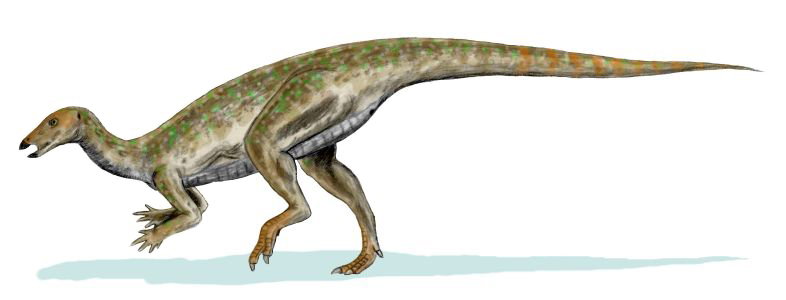
If dinosaur DNA were somehow recovered, scientists would face the question of which biotechnology approach might resurrect these ancient reptiles. Traditional cloning, as used with Dolly the sheep, requires intact nuclear DNA and a closely related surrogate mother species—both impossibilities for dinosaurs. Even if fragmentary dinosaur DNA were discovered, it would be far too degraded for direct cloning. Genetic engineering offers a theoretically more viable alternative, where reconstructed or synthesized dinosaur genes could be inserted into the genome of a related species. The CRISPR-Cas9 gene editing system has revolutionized our ability to modify genomes with unprecedented precision, enabling complex genetic alterations. However, engineering a complete dinosaur would require understanding the function of every gene and their complex interactions, knowledge we’re far from possessing even for well-studied modern species. Additionally, DNA represents only part of the puzzle—developmental processes guided by maternal factors and environmental conditions would also need to be replicated to produce a true dinosaur.
Technical Challenges of Dinosaur Resurrection

Beyond the fundamental DNA problem, dinosaur de-extinction faces numerous additional technical hurdles that rarely appear in popular discussions. Scientists would need to understand dinosaur embryonic development patterns, which differ significantly from modern reptiles and birds. They would require a suitable surrogate species capable of carrying a dinosaur embryo to term—no living animal has a reproductive system adapted for ancient dinosaur development. The extinct creature’s microbiome would present another challenge, as dinosaurs would have hosted unique gut bacteria essential for their digestion and immune function. Environmental conditions have changed dramatically since the Mesozoic Era, with different atmospheric composition, temperatures, and plant species than those dinosaurs evolved alongside. Even if a dinosaur could be created genetically, it might struggle to survive in our modern world without the precise ecological context it was adapted for. Each of these challenges represents a significant scientific obstacle, collectively making dinosaur resurrection a far more complex proposition than simply recovering and replicating DNA.
Ethical Considerations of De-Extinction

The ethical dimensions of de-extinction extend far beyond the technical feasibility questions and deserve serious consideration. Creating previously extinct species raises profound questions about animal welfare, as resurrected species might suffer from genetic abnormalities, health issues, or psychological distress from living in inappropriate environments. There are ecological concerns about introducing species that have been absent from ecosystems for millions of years, potentially disrupting existing ecological balances or transmitting ancient pathogens to modern organisms. Some ethicists worry about the “moral hazard” problem—that de-extinction technology might reduce motivation for current conservation efforts if extinction is perceived as reversible. Others question the allocation of limited scientific resources for de-extinction projects when thousands of modern species face imminent extinction threats. Religious and cultural perspectives further complicate the ethical landscape, with some traditions viewing extinction as part of a natural or divine order that humans shouldn’t disrupt. All these considerations apply with particular force to hypothetical dinosaur resurrection scenarios.
Current De-Extinction Projects

While dinosaur resurrection remains firmly in the realm of scientific speculation, several de-extinction projects targeting more recently extinct species have made tangible progress. The Revive & Restore organization has been working to resurrect the passenger pigeon, which went extinct in 1914, by editing the genes of its closest living relative, the band-tailed pigeon. A team of Harvard scientists led by George Church has made significant advances in editing elephant DNA to express mammoth traits, potentially creating a cold-resistant “mammophant” that could help restore Arctic grassland ecosystems. In Australia, researchers are using preserved thylacine (Tasmanian tiger) DNA to understand its genome better, with the ultimate goal of bringing this marsupial predator back from extinction. These projects benefit from working with species that went extinct recently enough to leave recoverable DNA and have close living relatives that could serve as genetic templates or surrogate mothers. Their progress, while promising for recently extinct species, underscores the vastly greater challenges posed by dinosaur resurrection.
The Ecological Implications

If the seemingly impossible were achieved and dinosaurs were resurrected, the ecological consequences would be profound and unpredictable. Modern ecosystems have evolved for millions of years without non-avian dinosaurs, creating balanced relationships between existing plants and animals. Introducing species from a different geological era could disrupt these balances in unpredictable ways. Large predatory dinosaurs would have no natural predators in today’s world and might devastate populations of modern animals that never evolved defenses against such hunters. Plant-eating dinosaurs might struggle to digest modern vegetation, which differs significantly from Mesozoic flora, or might overgraze certain plant species to extinction. Modern microorganisms might pose serious health threats to dinosaurs with immune systems not evolved to resist them, while conversely, ancient microbes carried by dinosaurs could potentially cause disease in modern species. The complex and potentially catastrophic ecological ripple effects of dinosaur reintroduction highlight why many scientists argue that de-extinction efforts should focus on recently extinct species that still have ecological niches potentially available to them.
Popular Culture vs. Scientific Reality

The gap between dinosaur de-extinction as portrayed in popular media and the scientific reality remains vast and worth examining critically. Films like “Jurassic Park” greatly simplify the challenges of dinosaur resurrection, perpetuating scientifically implausible scenarios like extracting viable DNA from amber-preserved mosquitoes. These fictional portrayals often overlook fundamental biological principles regarding DNA degradation and the complexity of reconstructing extinct genomes. They typically focus on the dramatic aspects of dinosaur revival rather than the tedious scientific work and numerous failures that would characterize real research. That said, popular culture has played a valuable role in stimulating public interest in paleontology and biotechnology. The “Jurassic Park” franchise, despite its scientific liberties, has inspired countless young people to pursue careers in dinosaur research and conservation biology. The tension between entertainment value and scientific accuracy continues to shape public understanding of de-extinction, sometimes creating unrealistic expectations about what science can achieve in the near or even distant future.
Alternative Approaches to Experiencing Dinosaurs
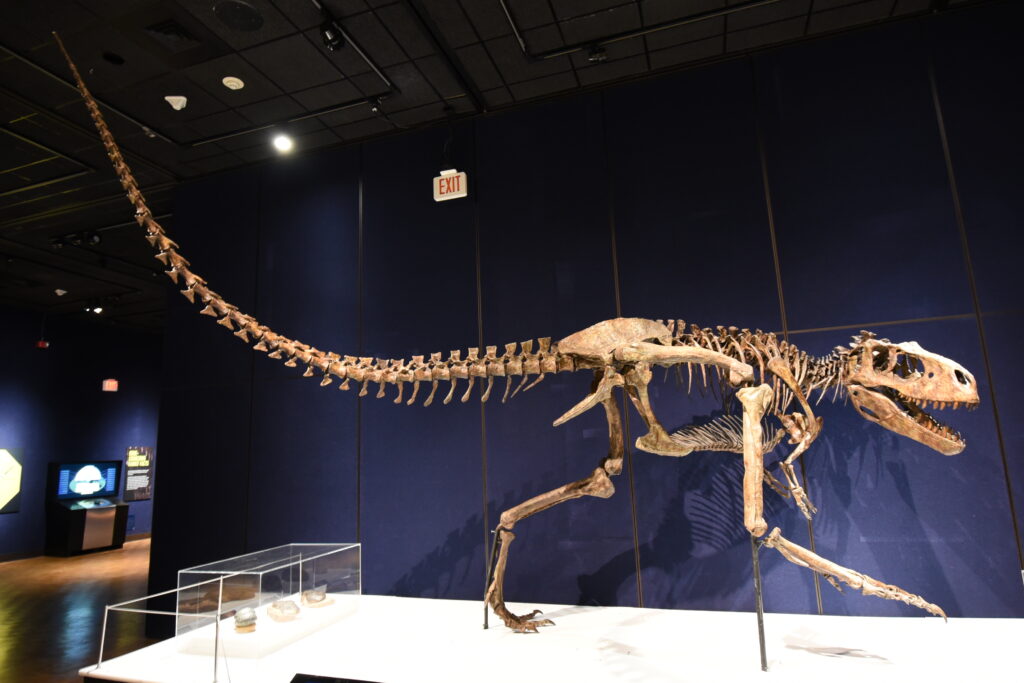
While actual dinosaur resurrection faces nearly insurmountable obstacles, scientists and technologists are developing alternative ways to experience these magnificent creatures. Advanced computer modeling based on fossil evidence allows researchers to create increasingly accurate simulations of dinosaur appearance, movement, and behavior. Virtual reality and augmented reality technologies offer immersive experiences where people can interact with realistic dinosaur models in digital environments. Robotics engineers have created sophisticated dinosaur robots with lifelike movements based on biomechanical research, providing tangible three-dimensional representations beyond static museum displays. Paleontologists continue refining traditional methods like detailed fossil reconstruction and artistic renderings, incorporating the latest scientific findings about dinosaur feathers, colors, and postures. These approaches, while not creating living dinosaurs, satisfy much of our curiosity about these ancient creatures without the ethical and practical problems of actual de-extinction. They allow us to learn from and appreciate dinosaurs without the risks associated with bringing them physically back into our world.
The Future of De-Extinction Science

As biotechnology continues its rapid advancement, the theoretical possibilities for de-extinction will likely expand, even if dinosaur resurrection remains elusive. CRISPR gene editing technology continues to become more precise and affordable, making genome engineering increasingly accessible. Synthetic biology is progressing toward the ability to create entirely synthetic genomes, potentially allowing scientists to reconstruct extinct species’ DNA from scratch if the sequence is known. Artificial wombs and reproductive technologies are developing that might eventually provide alternatives to finding suitable surrogate species for extinct animals. Computational approaches to predicting ancient DNA sequences based on evolutionary patterns and fossil evidence are becoming more sophisticated, potentially offering insights into extinct genomes even without physical DNA samples. While these technologies may never overcome the fundamental challenges of dinosaur resurrection, they will likely enable the de-extinction of more recently lost species within the coming decades. The first fully “resurrected” species will represent a watershed moment in conservation biology, even if it’s a humble passenger pigeon rather than a towering T. rex.
Conclusion: Dreams and Reality in Dinosaur Science
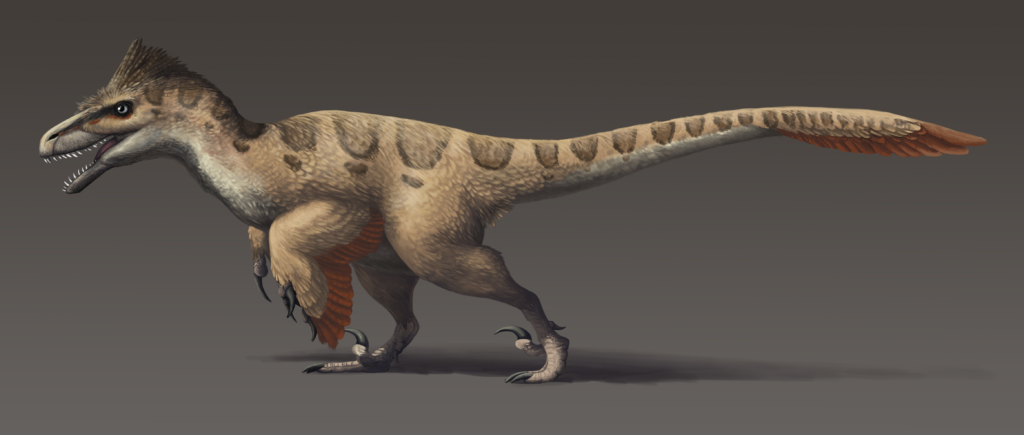
The dream of bringing dinosaurs back to life captures our imagination precisely because these creatures represent a lost world so different from our own—massive, magnificent animals that dominated Earth for over 150 million years before disappearing forever. While current scientific understanding suggests that true dinosaur resurrection remains firmly in the realm of science fiction due to DNA degradation and countless technical challenges, the pursuit of de-extinction technology continues to yield valuable scientific insights and tools. The research inspired by this seemingly impossible goal has advanced our understanding of ancient DNA, developmental biology, and the evolutionary relationships between extinct and living species. Perhaps the most realistic dinosaur “resurrection” already walks among us—the modern birds that carry the genetic legacy of their dinosaur ancestors, reminding us that evolution preserves and transforms rather than completely erasing the past. As we continue exploring the frontiers of de-extinction science, we should appreciate the dinosaurs both for what they were and for the scientific journey their study continues to inspire, whether or not we ever see a living non-avian dinosaur again.




